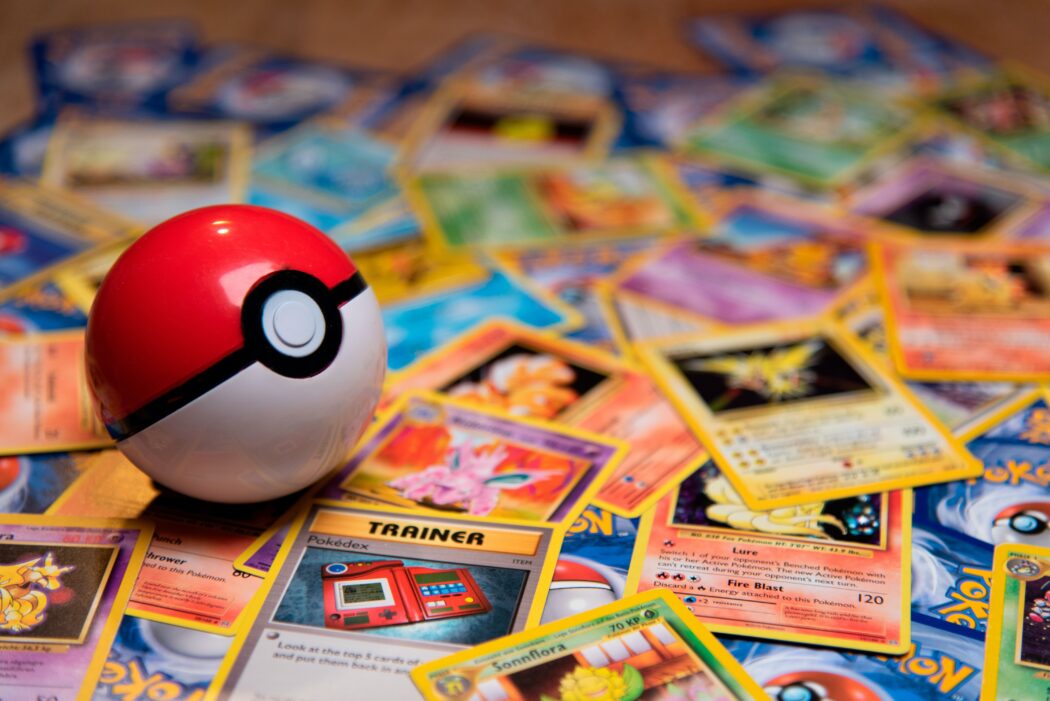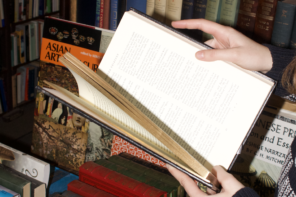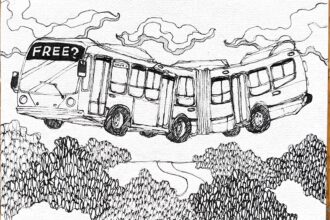It’s Tuesday morning. You wake up late for your Zoom meeting and decide it’s not worth the embarrassment of joining the online call late. You sit in front of your computer until your eyes turn red and finally decide that a 10-minute walk around the block would do you some good. A quick dinner while watching the 6pm news, and it’s finally time to pour the next four hours of your evening into your third new hobby of the month: assembling the most dominant ‘Magic the Gathering’ deck.
The COVID-19 pandemic – A once-in-a-lifetime event we all had the pleasure of enduring. The universal experience of trying something new out of sheer, persistent boredom sparked by the months-long confinement in our homes was undeniably an experience that taught us to enjoy the simple things we previously took for granted. Cleaning out your closet and finding a box of collectible coins that captured your attention so staunchly when in lockdown can serve as a signifier of a moment that feels like a lifetime ago – for those who invested more than just time into their new hobbies, it may serve as a stark reminder of the financial returns that could have been.
Throughout the pandemic, Canadians saved a total of 350 billion dollars thanks to the mitigation of non-essential spending as well as widespread financial support from the government. As the influx of cash in the market was not spent on indulgences such as trips or sporting events, people began stashing their extra cash and financial government injections for later opportunities. The level that savings figures were reaching was unheard of; the PSVERT (a measure of the household savings rate) hit an all-time high of 32 points in April 2020, nearly six times the historical yearly average (see figure below).
The surplus of cash in people’s pockets, in tandem with the global shutdown of the travel and entertainment industries, created the perfect conditions for categorical spending, igniting a historic influx of activity in the world of investing.
Equipped with the money they had set aside and backed by a hunger to make life-changing money, people began to turn to their new interests as investment opportunities. Of course, people put money into traditional investments like stocks. During the course of pandemic, nearly every index fund and metric measuring market growth was climbing steeply. With the historic gains seen in the stock market (S&P 500 up 26.89% in 2021), the public was hungry for big returns.
The sentiment in the investing world at this point can only be described in one way: a frenzy. Individuals around the world jumped at any chance for their big break.
However, some people got bored with investing traditionally and instead began to turn their interests towards some creative investments, namely, collectibles. Comic books, Pokemon cards, and chess boards – you name it, chances are that during the pandemic, people were using these collectibles as investment vehicles. ’23-Year-Old College Drops Out His 1 Million Dollars With Bitcoin’ and headlines of the sort were showing up everywhere. People around the world were reading these articles and thinking, ‘How can I get in on this?’
The sentiment in the investing world at this point can only be described in one way: a frenzy. Individuals around the world jumped at any chance for their big break.
Everything was going up in price. Sports cards were hitting record prices in the tens of millions. A pair of vintage jeans sold for the price of a new Mercedes! Interest in every market was ballooning, and in turn, so were the prices. The question was no longer ‘Will my investment appreciate?’, but rather, ‘By how much?’.
With the government’s cash injections during the pandemic, the stock market saw immense returns. As the public’s hunger for colossal profits grew, they turned to alternative investment vehicles to further surge their returns. A paradox occurred: the increased free time during the pandemic meant interest in essentially every hobby swelled. Curiosity was growing, but the supply of the items was stagnant, and pricing began to balloon. This drew investors in, but created an artificially high demand for goods; it was no longer the culture or interest in the hobby that was fueling the high returns; instead, it was the prospect of non-organic returns in the 100s or even 1000s of percent. Growth at this rate was simply not sustainable. With the world beginning to reopen, people pulled their money out of their hobbies and poured it back into the consumer market, resulting in the start of the first market wide crash in decades.
A paradox occurred: the increased free time during the pandemic meant interest in essentially every hobby swelled.
There was no immediate panic following the dramatic downturn, as people didn’t realize that this drastic price fall was a permanent resetting of the market. By the time it was realized that the squeeze was not temporary, but rather a disinterest in hobbies and a shift back to ‘real life’, the collectible market crumbled. Items previously selling for thousands of dollars were being passed on for pennies on the previous dollar – grails tuned to garbage almost overnight.
We all love the story of the little guy winning – headlining articles like “Man finds a $200,000 comic in the wall of his house” cause us all to chase that same success. Unfortunately, the rush tricked the public into buying into immature markets when maybe they should have looked back at history to realise what was inevitably bound to repeat itself.
At the end of the day, the winners were the rich. Millionaire YouTuber Logan Paul Investing over 5 million dollars into a Pokemon card seems insane; however, he would still have survived if that money evaporated during the market crash. On the flip side, an average couple putting their entire savings of $20,000 into rookie basketball cards has a far more dramatic downside—potentially their entire future. In a normal market, more money lends itself to a larger appetite for risk, one must only invest what they are comfortable with losing. The dilemma here is that the wealthy used collectibles as an opportunity for diversification in an unfamiliar market, while the average person was trying to take advantage of the opportunity to get rich quickly. As history tends to repeat itself, we always knew how this story was going to end..









